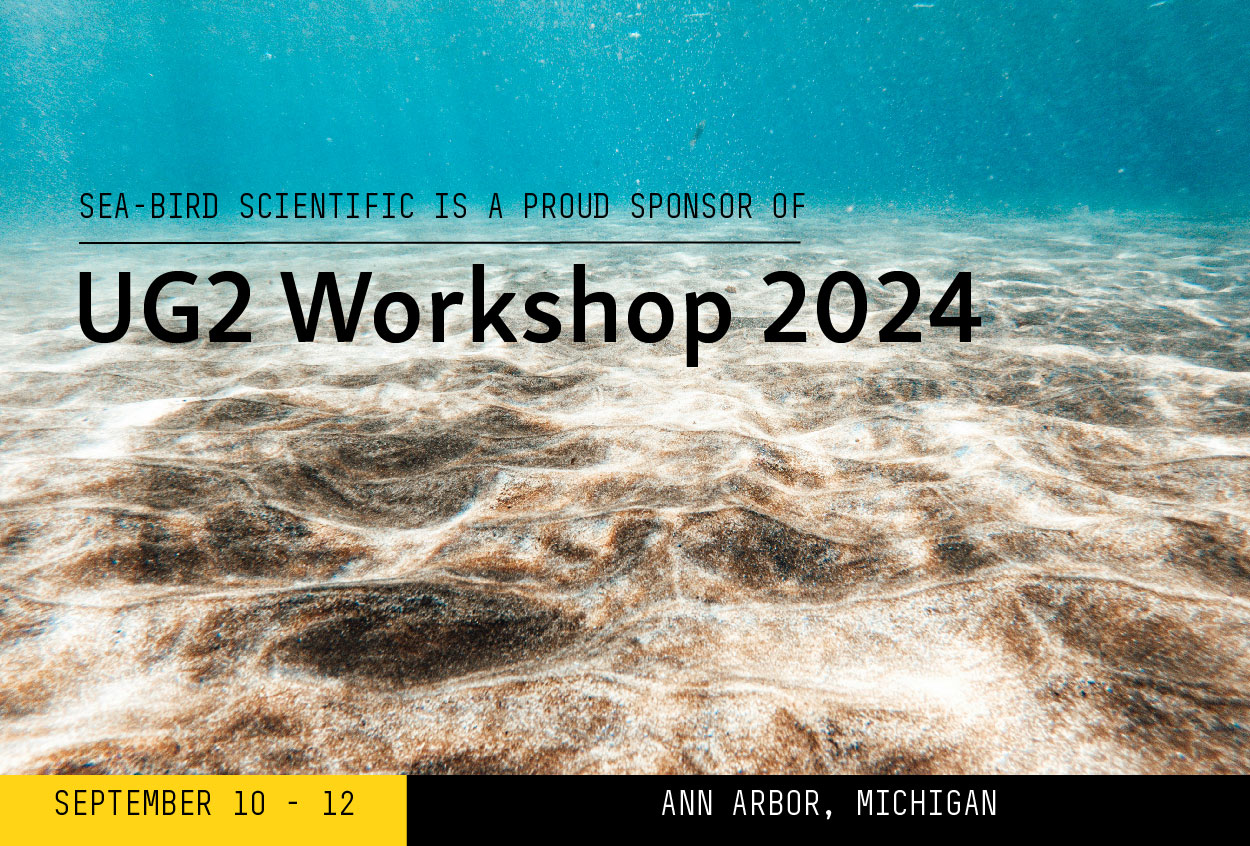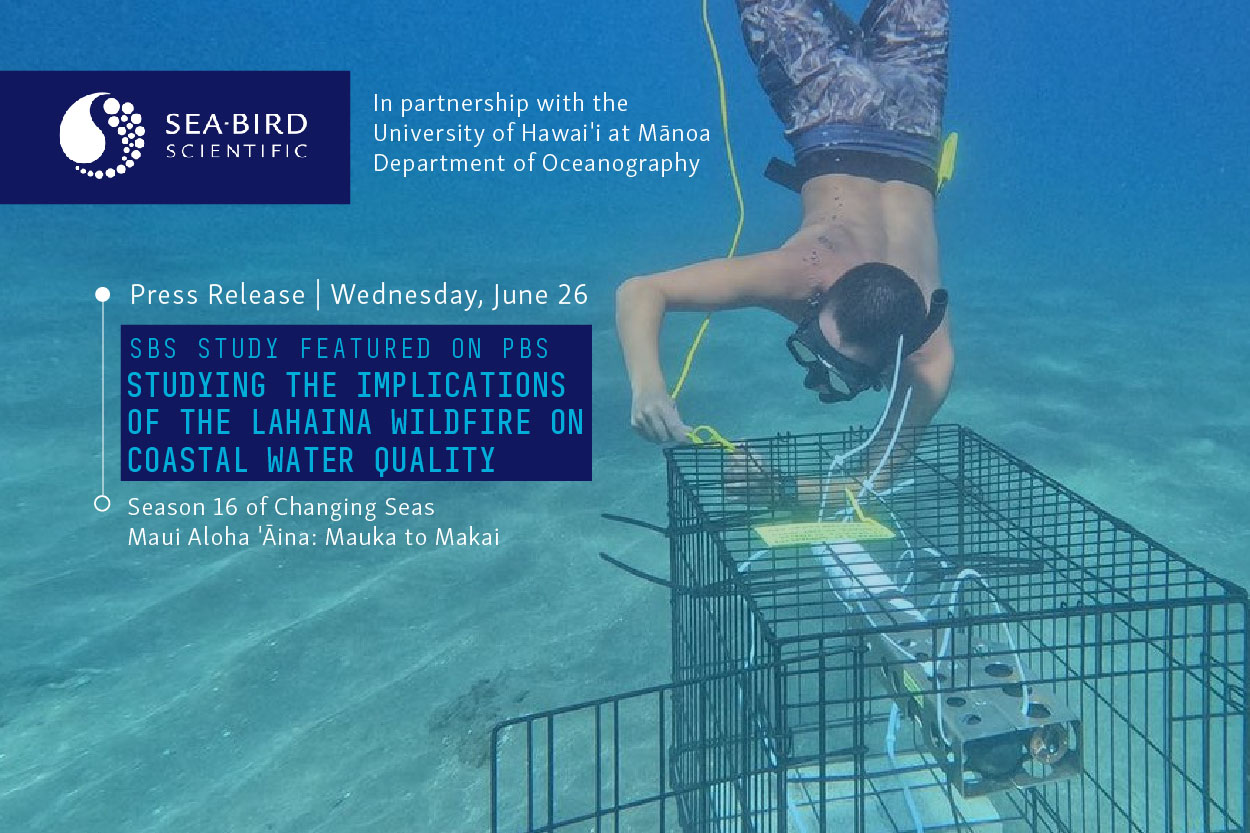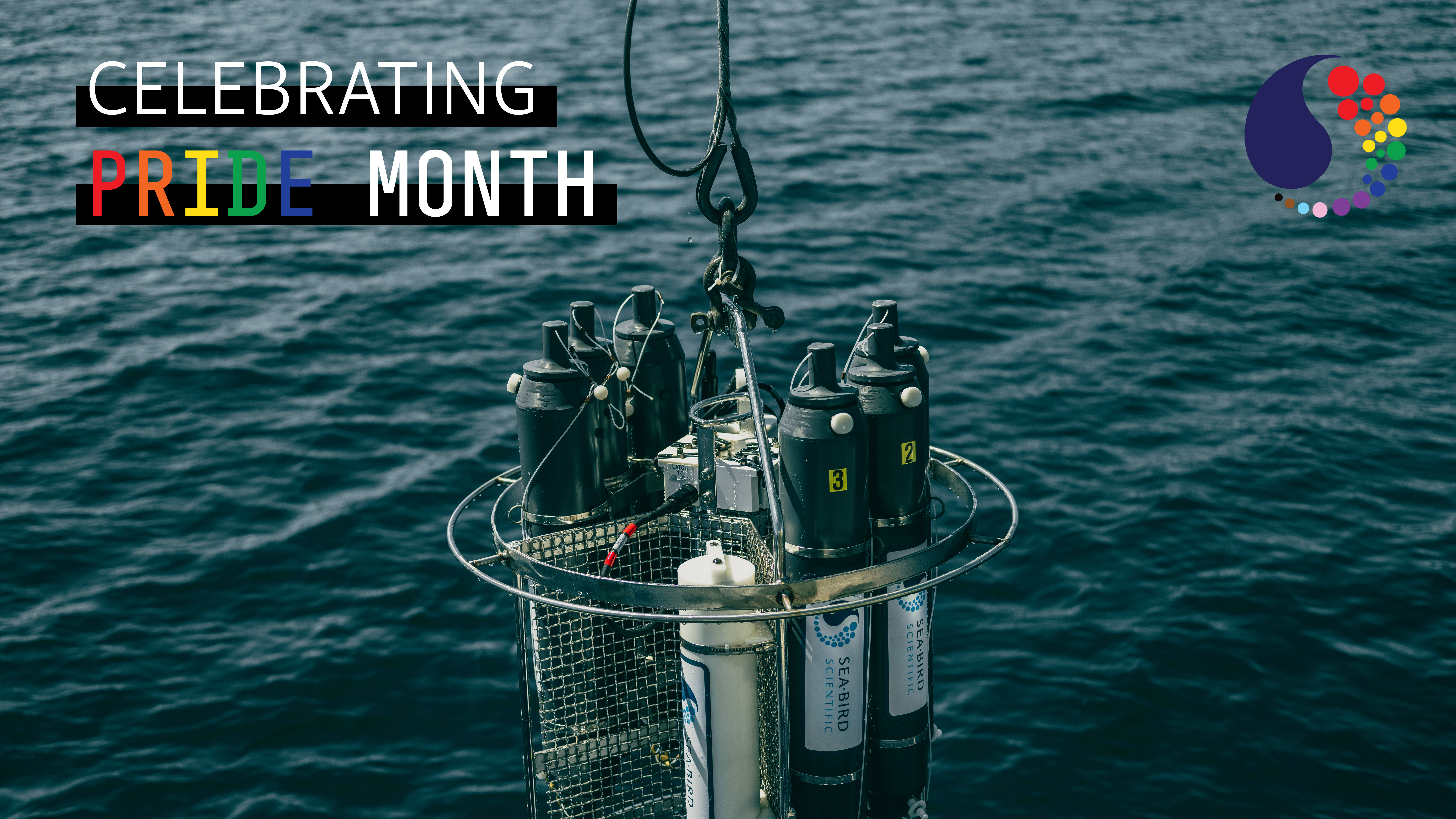Sea-Bird 101: What is Blue Carbon?
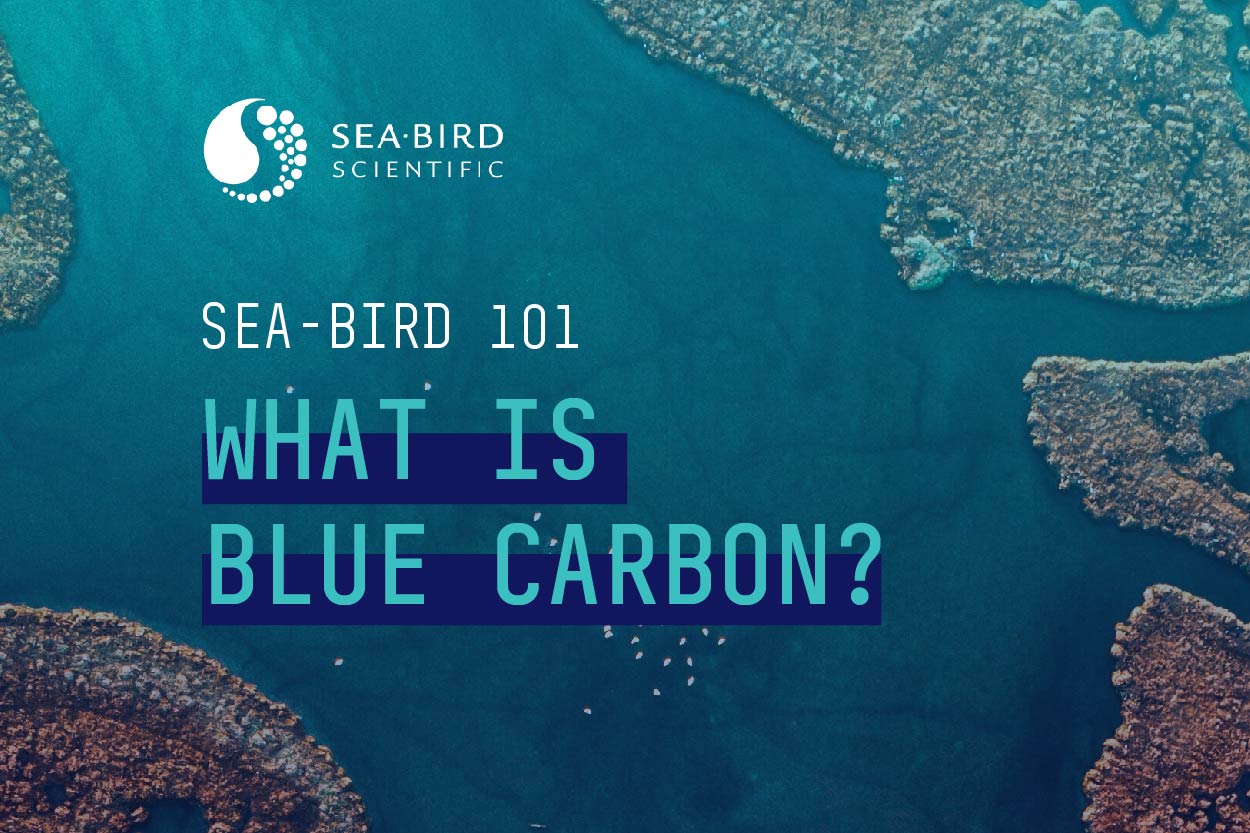
Have you heard of the term, “blue carbon,” before? You’re probably familiar with general carbon – one of the elements that sustains life. But what is blue carbon?
Blue Carbon is the carbon that is stored or sequestered in coastal ecosystems, such as mangroves, seagrass meadows, or marshes.
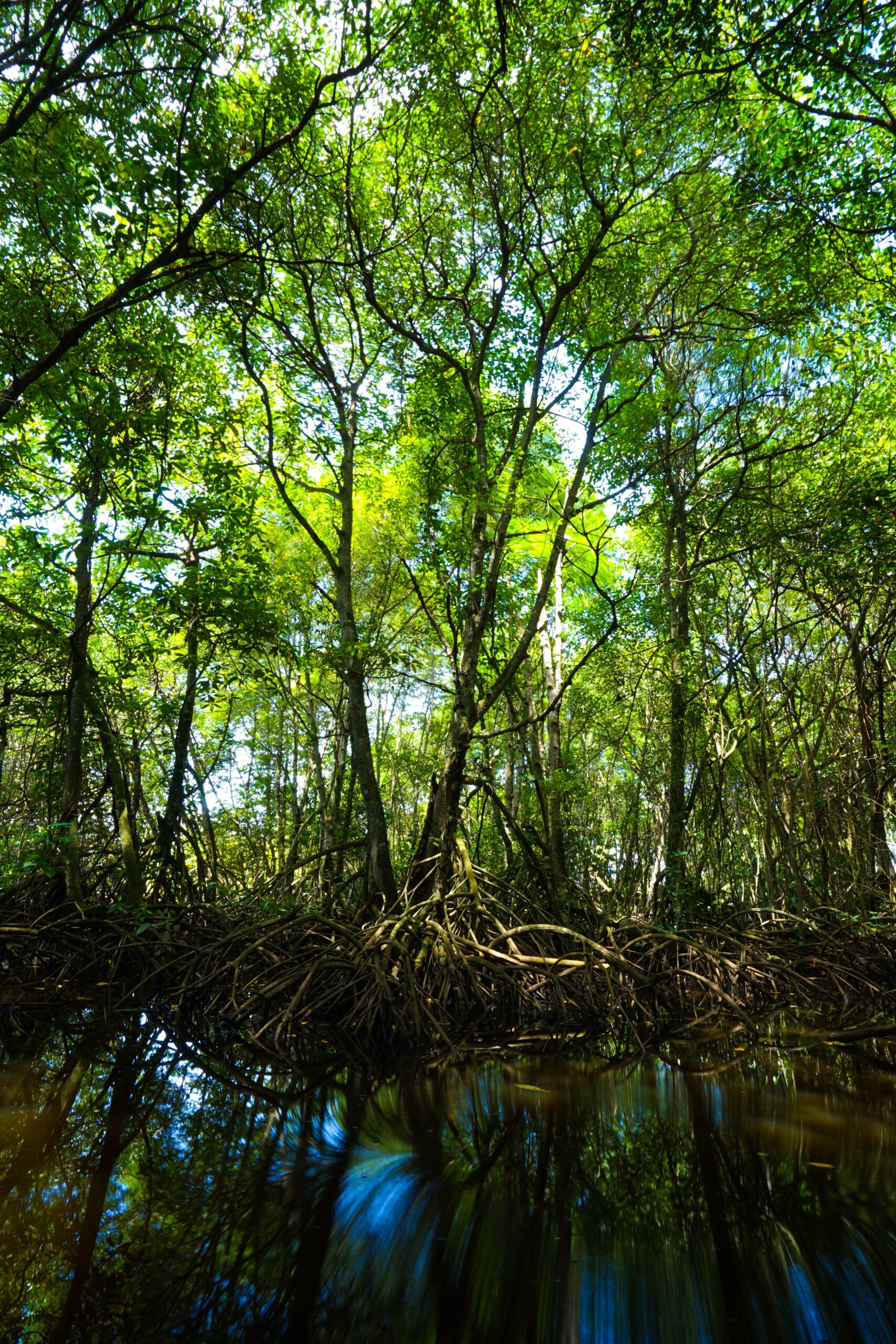 These critical coastal ecosystems are often known as carbon sinks. Mangrove forests, as an example, are considered to be one of the most effective forms of carbon storage. According to Conservation International, “Mangroves store more carbon per unit area than any other ecosystem on Earth.” It is also estimated that mangrove forests specifically store more up to 10 times as much carbon as terrestrial forests.
These critical coastal ecosystems are often known as carbon sinks. Mangrove forests, as an example, are considered to be one of the most effective forms of carbon storage. According to Conservation International, “Mangroves store more carbon per unit area than any other ecosystem on Earth.” It is also estimated that mangrove forests specifically store more up to 10 times as much carbon as terrestrial forests.
These ecosystems collect C02 from the atmosphere and store it in their roots, locking it away. It is integral for communities around the world to come together to protect, preserve, and restore mangrove habitats and other blue carbon ecosystems to ensure the carbon they store is not released into the atmosphere. Curious where you can find the mangrove forest closest to you? NASA’s Earth Observatory created a mangrove map here.
Sea-Bird Scientific is lucky to work with scientists who are looking to better understand these coastal ecosystems. We offer a suite of coastal monitoring instruments to better understand the health of these critical environments.
Learn moreRelated Posts
Featured Posts
UG2 Workshop 2024
We hope to see you at UG2 '24 We are excited to sponsor the upcoming 2024 Glider Workshop in Ann Arbor, Michigan, from September 10 - 12, 2024. Overview This workshop will bring together the global underwater glider community to strengthen international collaboration...
Oceanology International 2024
We hope to see you at #Oi24 We are excited to return to Oceanology International 2024 again in London, UK from March 12-14. Overview Oceanology International brings together 500+ exhibitors in the only event that links the three key players in the industry:...
Ocean Sciences Meeting 2024
We hope to see you at #OSM24 We are excited to return to Ocean Sciences Meeting 2024 in New Orleans, Louisiana from February 18-23 at booth number #527. Overview The Ocean Sciences Meeting 2024 is co-sponsored by the American Geophysical Union, the Association for the...
Science and Technology
Platform
